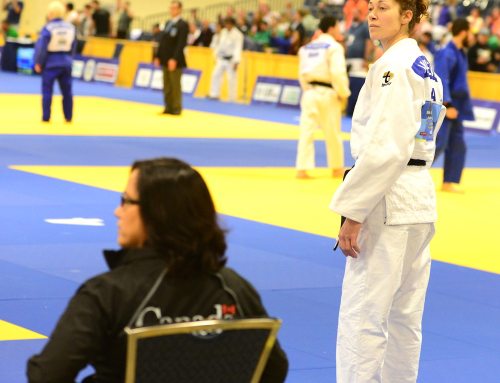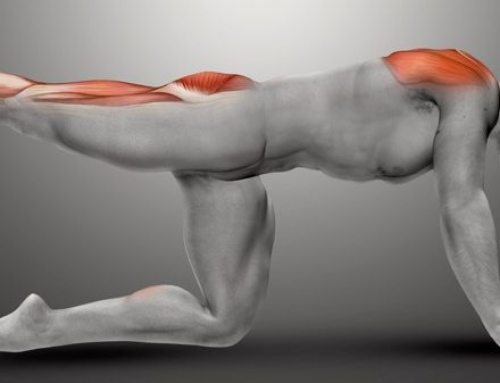Injury Study Shows No Link
To Running Form and Shoe Type
A not-yet-published running-injury study conducted at the University of North Carolina seems to indicate that running form and running-shoe type play little role in injury rates. The study, which included more than 700 local runners who had been running an average of roughly 20 miles per week for 10 years, showed virtually identical injury rates among forefoot, midfoot, or rearfoot strikers, as well as those using POSE or Chi, or those going barefoot or using minimalist footwear. The same was shown to be true for traditional running shoes in the three main categories: cushioning, stability, and motion-control.
The study does, however, find a relationship between heel striking and knee injuries, and forefoot striking and foot, ankle, and Achilles injuries.
Through an online survey, the runners (57% female) were asked to identify their running style, and whether they had experienced an injury in the previous 12 months.
The percent of Yes answers per running style:
- Heel strikers (43% of sample by self report): 49.3%
- Midfoot strikers (32% of sample): 51%
- Forefoot strikers (13% of sample): 49%
- Barefoot runners or minimalist shoe wearers (6% of sample): 43%
- Chi, POSE, similar running styles (5% of sample): 46%
The percent of injury per traditional running-shoe types:
- Stability: 52%
- Cushioning: 48%
- Motion Control: 53%
“Overall the injury rates are very similar across all running styles and shoe selections,” says lead author Don Goss, an Army PT studying in the biomechanics program at the University of North Carolina. Goss found that the runners reported an average of 41.6 injury days in the previous 12 months. There was no difference between those who stretched and those who did not.





